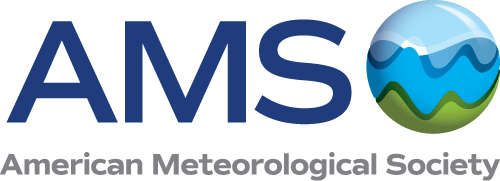A Statement of the American Meteorological Society
U.S. leadership in scientific innovation is at risk due to the recent and ongoing reductions in U.S. federal science capabilities. The consequences to the American people will be large and wide-ranging, including increased vulnerability to hazardous weather.
The federal science workforce and federal investments in science are central to the success of the weather enterprise–the partnership between public, private, academic, and non-governmental organizations that provides information and services to protect people, businesses, and the environment. Estimates of the value of weather and climate information to the U.S. economy exceed $100 billion annually,1 roughly 10 times the investment made by U.S. taxpayers through the federal agencies involved in weather-related science and services. It is an internationally recognized and highly respected means of multiplying value and benefits to the American people.
Recent terminations within the government workforce for science are likely to cause irreparable harm and have far-reaching consequences for public safety, economic well-being, and the United States’ global leadership.
The federal National Oceanic and Atmospheric Administration (NOAA), which includes the National Weather Service, is a vital partner in the weather enterprise, providing critical weather and climate information that helps keep the people of the United States informed, prepared, and safe. NOAA also provides crucial foundational support for the enterprise. This support includes collecting scientific observations and conducting scientific research, developing and improving weather and climate models, and the provision of public services such as weather forecasts and warnings, fisheries management, and marine protection. These products and services are freely accessible to all people, businesses, NGOs, and academic institutions. Other federal agencies, such as the National Science Foundation (NSF), the National Aeronautics and Space Agency (NASA), the Department of Energy’s Office of Science, and the Department of Agriculture (USDA), also provide foundational observations, scientific understanding, computational resources, and services for the enterprise.
Private businesses and NGOs use this foundation of science and services to create innovative, value-added products for their clients. Universities rely on NOAA data and models to advance knowledge and train the workforce of the future. As a result of these collaborative partnerships throughout the enterprise, the American people are safer, healthier, and more prosperous.
This unique private-public partnership didn’t happen by accident but by design and through persistent effort. Roles and responsibilities of private businesses, universities, the federal government, and NGOs in the enterprise have developed and adapted over decades to provide timely weather forecasts and information that protect people, improve livelihoods, save money, and add tremendous economic value to our nation.
To ensure the continued success of the enterprise and the American people who depend upon it, the AMS urges strong support for NOAA and the other federal science agencies and extreme caution in altering federal roles and responsibilities within the weather enterprise.
- Lazo, J. 2024: Communicating Forecast Uncertainty (CoFU) 2: Replication and Extension of a Survey of the US Public’s Sources, Perceptions, Uses, and Values for Weather Information. An AMS Policy Program Study. The American Meteorological Society, Washington, D.C. https://doi.org/10.1175/cofu2-2024 ↩︎
